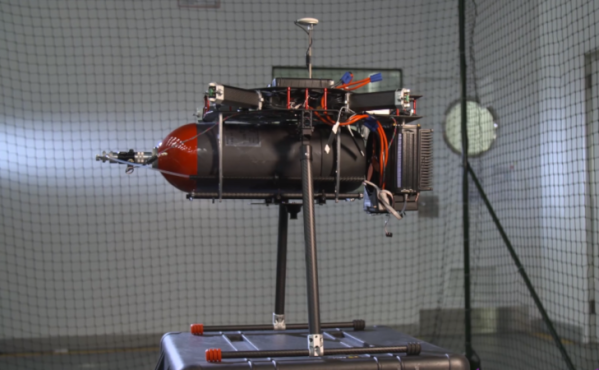Yesterday Alphabet (formerly known as Google) announced that their Wing project is launching delivery services per drone in Finland, specifically in a part of Helsinki. This comes more than a month after starting a similar pilot program in North Canberra, Australia. The drone design Wing has opted for consists not of the traditional quadcopter design, but a hybrid plane/helicopter design, with two big propellers for forward motion, along with a dozen small propellers on the top of the dual body design, presumably to give it maximum range while still allowing the craft to hover.
With a weight of 5 kg and a wingspan of about a meter, Wing’s drones are capable of lifting and carrying a payload of about 1.5 kg. This puts it into a category of drones far beyond of what hobbyists tend to fly on a regular basis, and worse, it involves Beyond Visual Line Of Sight (BVLOS for short) flying, which is frowned upon by the FAA and similar regulatory bodies. What Google/Alphabet figures that can enable them to make this kind of service a commercial reality is called Unmanned aircraft system Traffic Management (UTM).
UTM is essentially complementary to the existing air traffic control systems, allowing drones to integrate into these flows of manned airplanes without endangering either. Over the past years, it’s been part of NASA’s duty to develop the systems and infrastructure that would be required to make UTM a reality. Working together with the FAA and companies such as Amazon and Alphabet, the hope is that before long it’ll be as normal to send a drone into the skies for deliveries and more as it is today to have passenger and cargo planes with human pilots take to the skies.

















